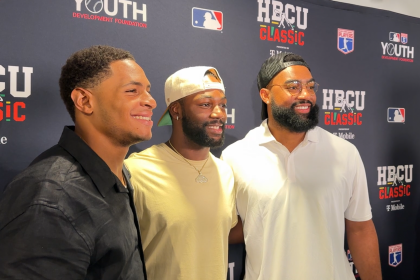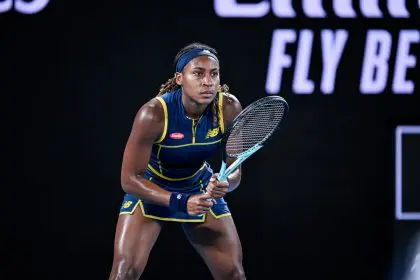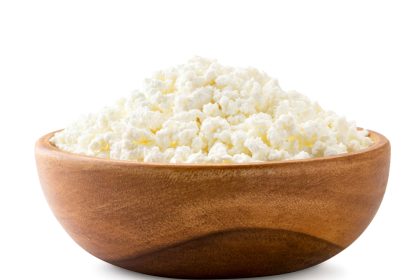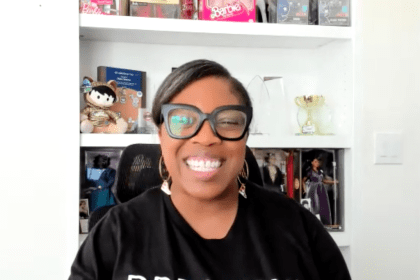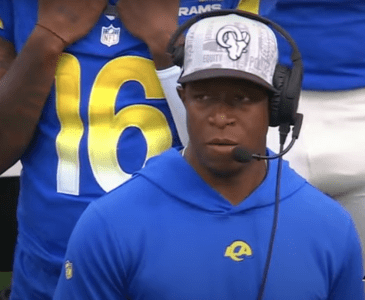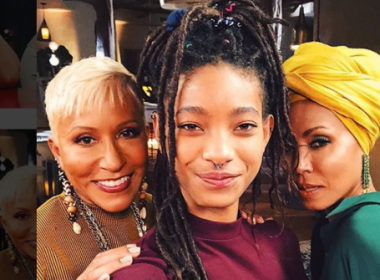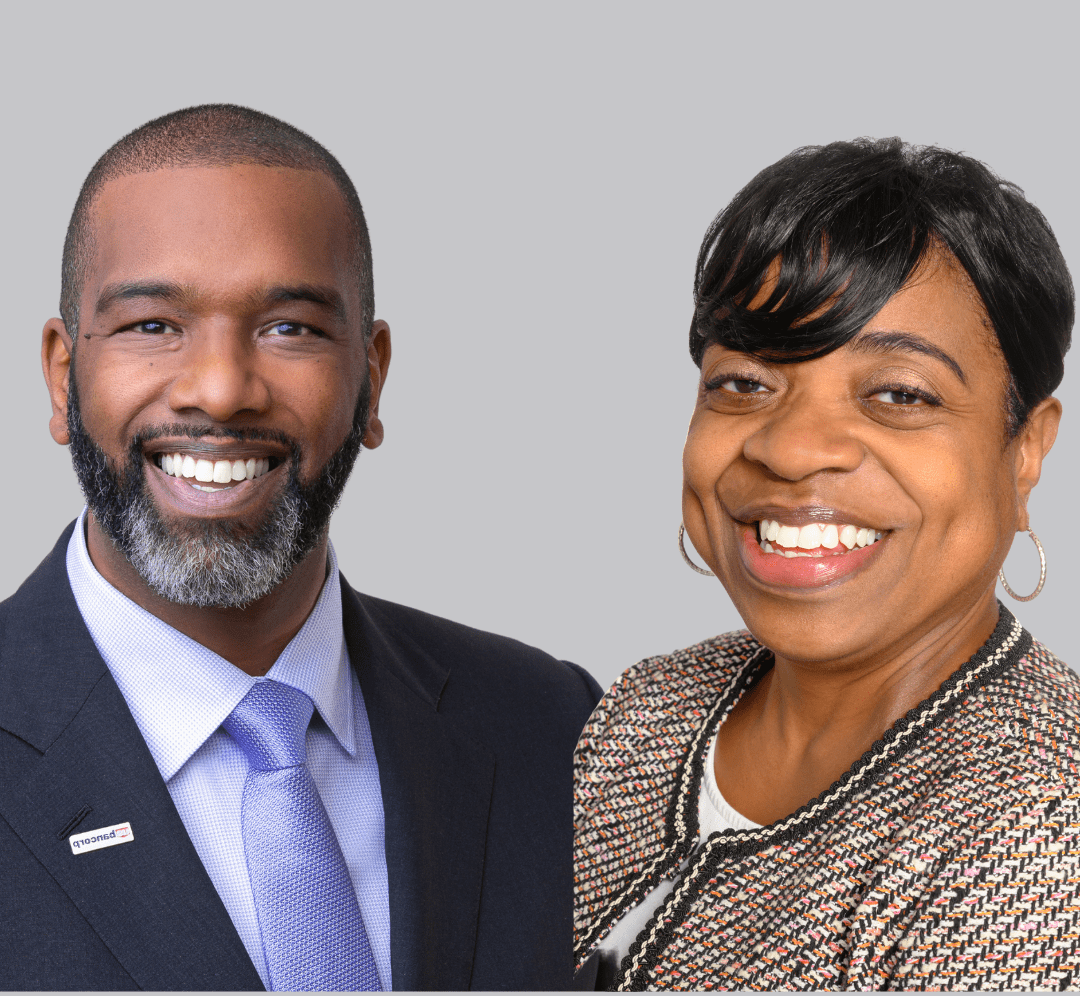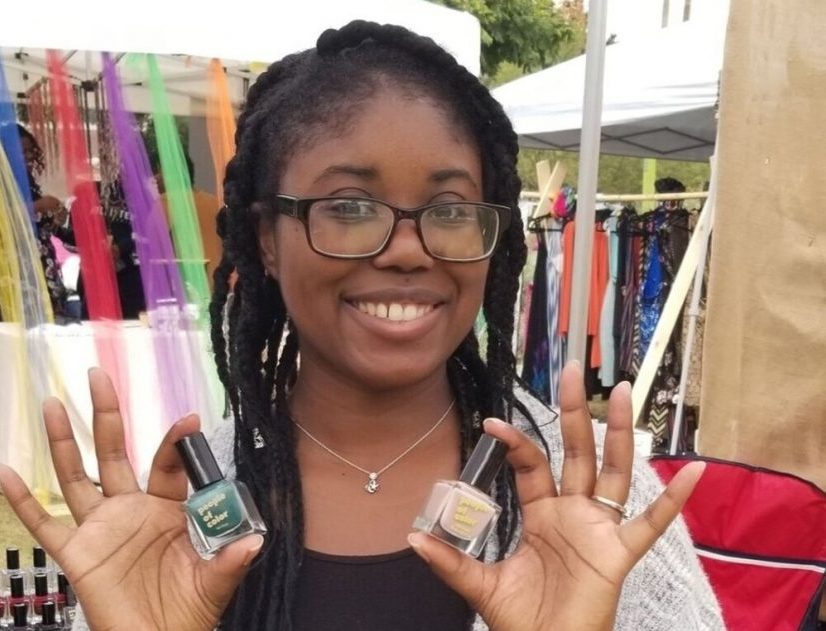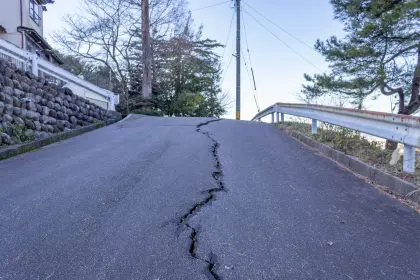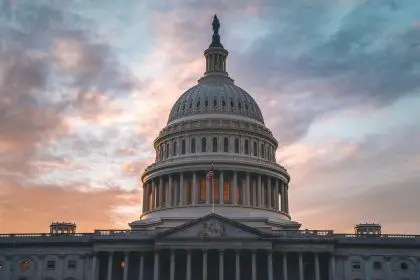“Our aim is not to destroy an object, it’s to transform it,” Andrea Douglas, the center’s executive director, explained. “It’s to use the very raw material of its original making and create something that is more representative of the alleged democratic values of this community, more inclusive of those voices that in 1920 had no ability to engage in the artistic process at all.”
Most important, she said, the group wants to “turn it into something that can cause our community to heal.”
History of exclusion
As a professor of pop culture history who studies Black statues within mainstream society, I believe Charlottesville is not the only city in need of healing. With more questions being asked about today’s relevance of Confederate statues, Americans must also ask critical questions about the role of statues in reflecting present morals and future ideals.
While not uncommon to spot statues of accomplished Black athletes, such as Ray Lewis in Baltimore, Michael Jordan in Chicago or Bill Russell in Boston, it’s much more rare to find Black Americans memorialized outside of the sports and entertainment industries.
With few new exceptions, public and prominent statues of Blacks people are nonexistent.
The public art and history nonprofit group Monument Lab conducted a survey in 2021 of 48,178 statues, plaques, parks and obelisks across the United States. In its report, the group found that less than 1% were of people of color.
Of the top 50 most-represented individuals, the survey revealed that only five are Black or Indigenous people: civil rights leader Martin Luther King Jr. in fourth place; abolitionist and Underground Railroad leader Harriet Tubman in 24th; Shawnee chief Tecumseh, who led Native American resistance to colonialism, in 25th; Lemhi Shoshone explorer Sacagawea in 28th; and abolitionist and writer Frederick Douglass in 29th.
Continue reading on the next page.


